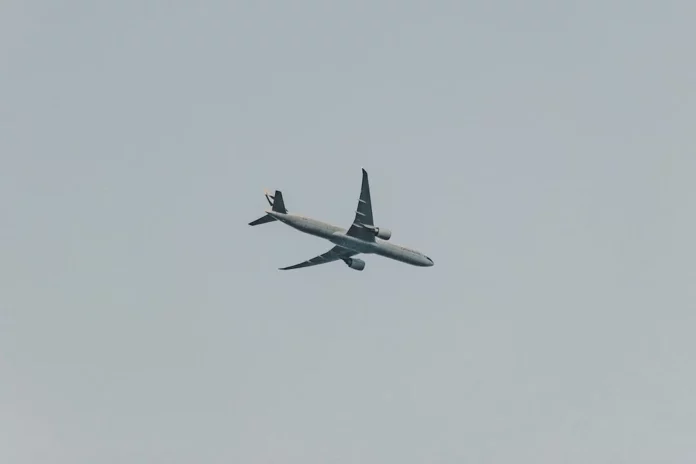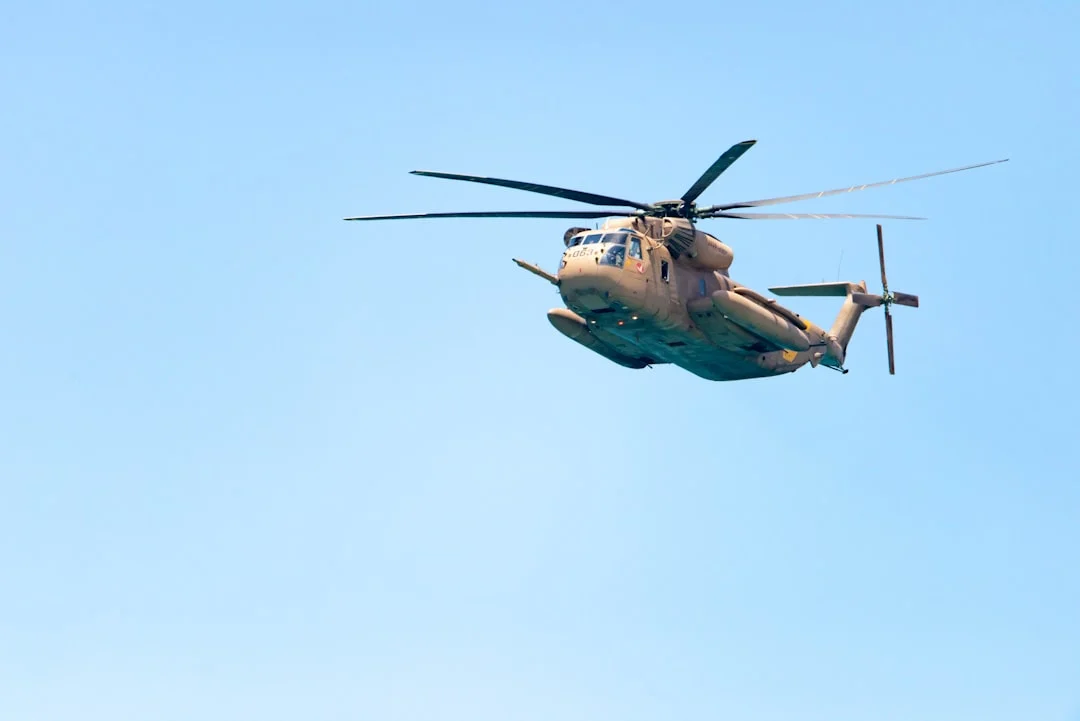The Ground Proximity Warning System (GPWS) is a vital safety feature equipped on the Boeing 777 aircraft, designed to alert pilots of any imminent ground collisions or obstacles during flight. This advanced technology serves as an essential tool in preventing accidents caused by controlled flight into terrain (CFIT), giving pilots crucial awareness of their proximity to the ground and enabling them to take corrective action in a timely manner.
Boeing 777 is one of the most widely used commercial aircraft in the world, valued for its efficiency, reliability, and advanced avionics. As part of its comprehensive safety measures, the Boeing 777 incorporates the Ground Proximity Warning System to enhance flight safety and reduce the risk of CFIT accidents.
In this article, we will take a closer look at the Ground Proximity Warning System on the Boeing 777, its functionalities, and how it contributes to the overall safety of the aircraft.
How does the Ground Proximity Warning System work?
The Ground Proximity Warning System on the Boeing 777 utilizes a combination of radio altimeters, radar altimeters, and other sensors to constantly monitor the aircraft’s proximity to the ground. It relies on a database of terrain maps and obstacle information to determine the aircraft’s position and compare it to the surrounding terrain profile.
When the aircraft’s altitude or rate of descent becomes a potential hazard based on the terrain ahead, the Ground Proximity Warning System activates and alerts the flight crew. The system generates aural and visual warnings, allowing the pilots to quickly react and avoid a potential collision.
The GPWS on the Boeing 777 is equipped with various modes and functions to cater to different flight situations:
- Mode 1: Excessive Descent Rate Warning – Activates when the rate of descent poses a risk to the aircraft’s safety.
- Mode 2: Excessive Terrain Closure Warning – Alerts pilots when the aircraft is approaching terrain at a dangerous rate.
- Mode 3: Altitude Loss After Takeoff Warning – Activates if the aircraft descends below a specified altitude after takeoff.
- Mode 4: Unsafe Terrain Clearance Warning – Provides alerts if the aircraft is flying too close to terrain during approach and landing.
- Mode 5: Excessive Deviation Below Glide Slope Warning – Activates when the aircraft deviates significantly below the glide slope during descent.
- Mode 6: Windshear Warning – Alerts pilots if hazardous windshear conditions are detected.
These various modes ensure that pilots are notified of potential dangers in real-time, enabling them to make prompt decisions and take necessary action to avoid accidents.
Importance of the Ground Proximity Warning System
The Ground Proximity Warning System plays a crucial role in enhancing the safety of the Boeing 777 aircraft and its occupants. Some of the key reasons why the GPWS is considered essential are:
- Preventing Controlled Flight into Terrain (CFIT) accidents: CFIT accidents occur when an aircraft unintentionally collides with the ground or an obstacle due to inadequate awareness of its surroundings. The GPWS significantly reduces the risk of CFIT accidents by providing clear warnings and alerts to pilots, giving them time to react and prevent a collision. According to the Federal Aviation Administration (FAA), GPWS has been instrumental in avoiding numerous accidents and saving lives.
- Enhancing situational awareness: The GPWS provides pilots with critical information about their altitude, rate of descent, and terrain proximity, improving their situational awareness during all phases of flight. This increased awareness allows pilots to make more informed decisions and take appropriate action to avoid potential hazards.
- Compliance with regulatory requirements: Aviation regulatory bodies, such as the FAA and the International Civil Aviation Organization (ICAO), mandate the installation of a Ground Proximity Warning System on commercial aircraft. Boeing 777 aircraft, being widely used in the commercial aviation industry, adhere to these regulations to ensure maximum safety compliance.
It is evident that the GPWS plays a critical role in preventing accidents, improving situational awareness, and complying with safety regulations, making it an indispensable technology for the Boeing 777 and other commercial aircraft.
Conclusion
The Ground Proximity Warning System (GPWS) on the Boeing 777 is a vital safety feature designed to prevent accidents caused by controlled flight into terrain. It works by constantly monitoring the aircraft’s proximity to the ground and providing timely warnings and alerts to the flight crew. By enhancing situational awareness and ensuring compliance with safety regulations, the GPWS contributes significantly to the overall safety of the Boeing 777 and the passengers on board.
For more information on the Ground Proximity Warning System and its functionalities, you can refer to the Boeing Aeromagazine article.




